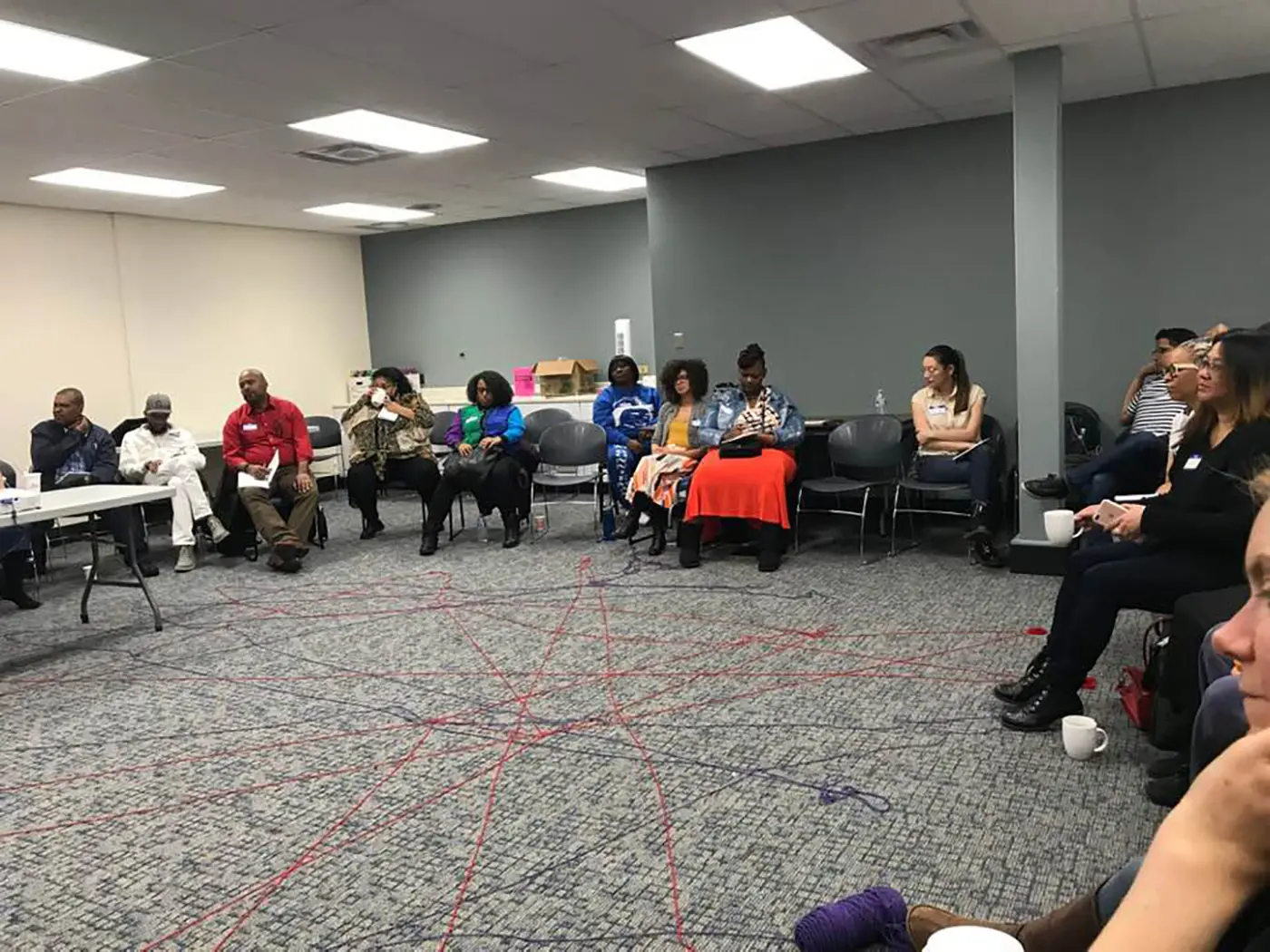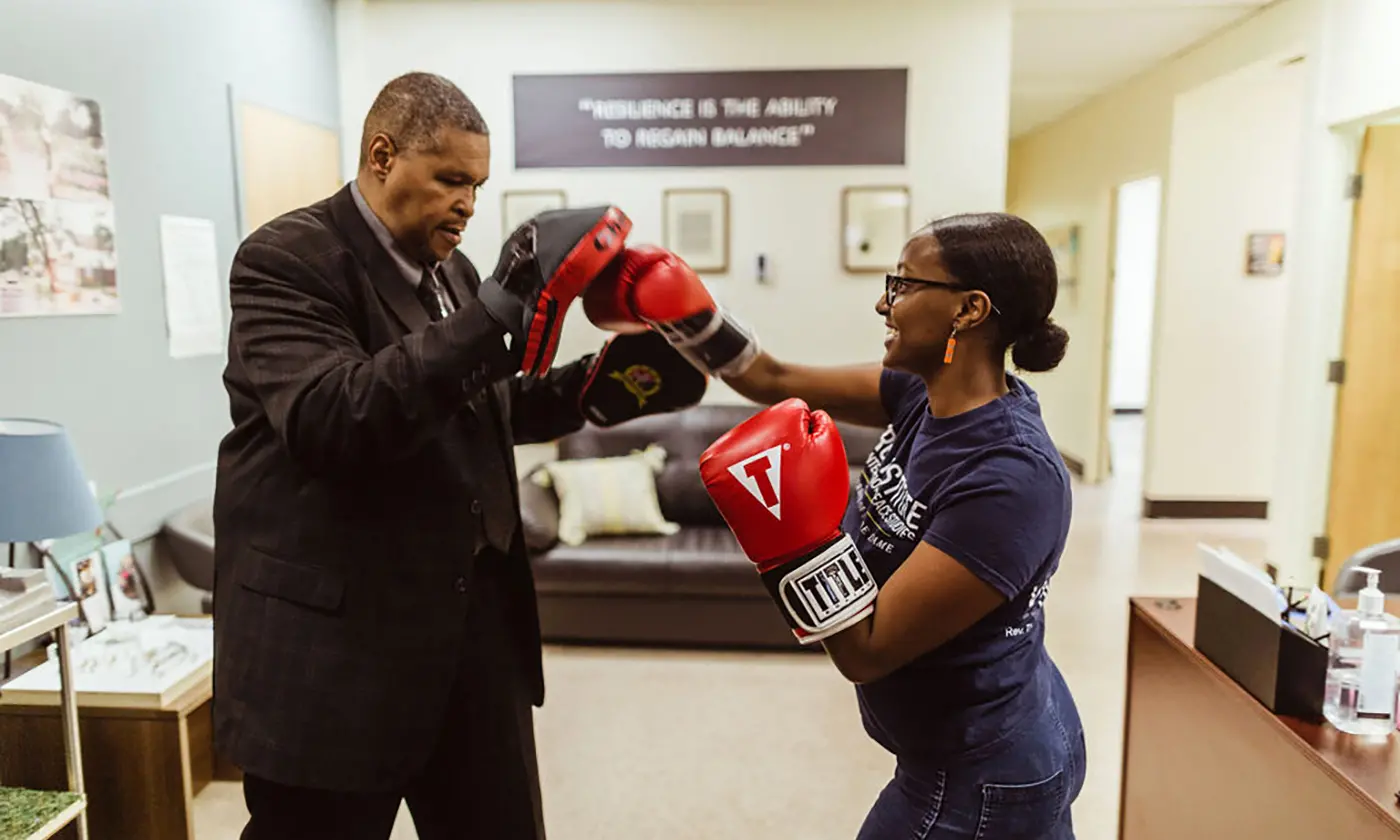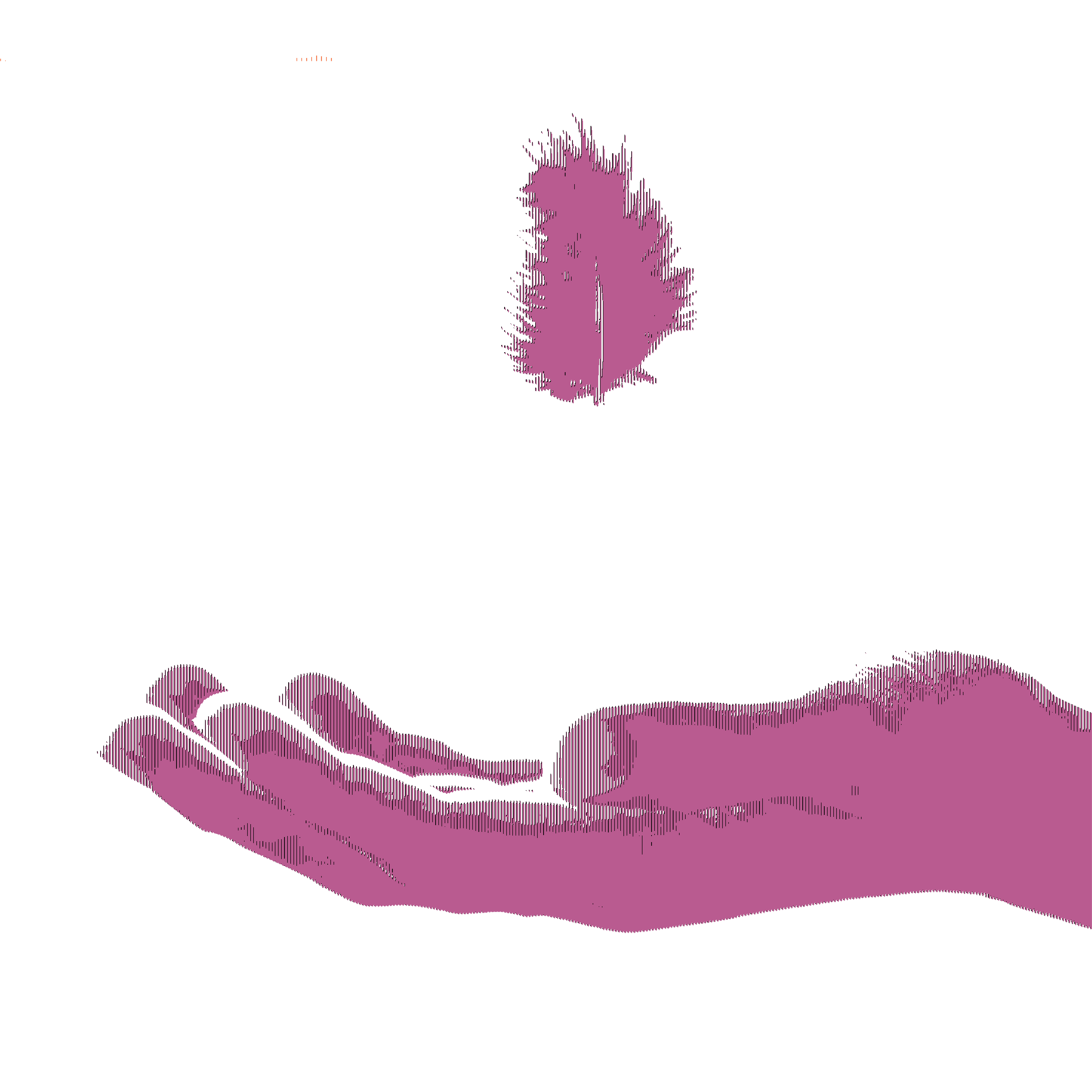When Edwin Angulo Hurtado was a toddler, he was always making noise: banging on pots and pans, shattering plates. His parents brushed it off as typical toddler mischief.
A few years later, the Escuela de Música Tradicional (School of Traditional Music) opened in Tumaco, the Pacific port city in the Nariño department of Colombia where Edwin lived with his family. The 7-year-old took up marimba music, and his family realized that his antics had been a sign.
“He was telling us that he was going to be a musician,” his father Hermes Jesús Angulo says in Spanish. “He had it in his veins.”
Edwin went on to play the drums, performing at venues like La Rumba and Curazao and festivals like Tumaco Vive. On Oct. 7, 2018, he was on his way to a club performance when, at age 25, he was killed by a stray bullet.
In 2019 alone, 219 homicides were recorded in Tumaco. That’s a homicide rate of about 8.6%, compared to the national rate of 2.4%. Despite the Colombian peace accord signed between the national government and the Revolutionary Armed Forces of Colombia (FARC) in 2016—which supposedly ended the longest-running armed conflict in the Western Hemisphere—violence continues around the country, disproportionately so in Tumaco.
“We live in a territory that in the last 20, 25 years has turned violent,” Angulo says. “There might not be any place in Tumaco where people feel calm. Because there’s blackmail, there’s extortion, there’s crossfire.”
Around 2000, the coca economy arrived with force in Tumaco, where impoverished rural farmers saw an opportunity for economic stability. As paramilitary groups like the United Self-Defense Forces of Colombia (AUC) and guerrilla groups like the FARC started to demobilize around 2005 and 2016, respectively, dissident groups and drug traffickers sprang up in their place, contributing to massive, ongoing displacements of residents along Colombia’s Pacific coast.
These regional challenges are only compounded by pervasive poverty, a steep unemployment rate (about 74% in the municipality in 2019), poor access to education and a lack of federal support. In recent months, hashtags like #SOSTumaco, #SOSBuenaventura and #SOSQuibdo have drawn social media attention to Colombia’s failure to aid these coastal, predominantly Afro-Colombian areas.
“Of the 364 homicides registered in 2020 in Nariño, 193 were registered in [Tumaco],” tweeted Colombian senator Gustavo Bolívar in late February. “Fact: It is one of the municipalities in Colombia with the greatest presence of public forces.”
Now, the hashtag #SOSColombia has joined the fray. Since April 28, when President Ivan Duque proposed a controversial tax reform, Colombians in at least 247 cities and towns across the country have taken to the streets in protest. The demonstrations began over the tax reform—which critics said would further escalate rampant inequality—Duque withdrew the proposal within the week. But protests have continued, largely over flagrant police brutality.
As he did during previous protests, Duque once again ordered the anti-riot police unit known as ESMAD to repress popular organizing against his policies. ESMAD and police officers were joined by soldiers, and during the ensuing clashes at least 42 people have died. Video evidence analyzed by Amnesty International confirmed the use of lethal weapons and excessive force against protesters.
Enduring Historical—and Ongoing—Trauma
The presence of security forces has often failed to translate to safety for the Colombian public—especially on the Pacific Coast. And the demographics of that population—88% of residents in the municipality of Tumaco are Afro-Colombian, like Angulo and his son—have contributed to tensions around race and government resources in Colombia.
“It’s a feeling of helplessness, of fear, of the absence of state,” says José Luis Foncillas, a founder of Tumaco’s Casa de la Memoria who has lived in Tumaco’s Nuevo Milenio neighborhood for seven years. “Or not just absence, but the ineffective presence of the state where one feels that, in the remote, peripheral parts of the country, the state does not have the will to help the population and allows all these things to happen.”
Angulo has felt that frustration with the state and its entities firsthand, on repeat, since his son’s death. Every day, he says, he was chasing down the prosecutor on his son’s case, doing everything he could to ensure it didn’t slip through any corrupt cracks. Even then, he remembers the prosecutor acting dismissive and unmotivated to find his son’s killer.
He channeled his exasperation into a colloquial Colombian phrase: “La ley es para los de ruana.” The law is for those who wear the ruana, the poncho—the peasants. The full force of the law, Angulo has come to believe, only falls upon those without resources and connections.
“They believe that all Black people are criminals,” Angulo says. “They believe that all the Black people are part of the same gang. No, that is a damning lie.”
To face that insult on top of the injury of fresh grief has been a grueling experience for Angulo’s family. His wife found an outlet in the Casa de la Memoria of Tumaco. Founded in 2013, the Casa de la Memoria is more than a museum: it’s a physical space that commemorates victims of violence and teaches new generations a culture of peace.
“One of our mottos has been that ‘Nobody can say that nothing has happened here,’” says Casa de la Memoria’s Foncillas in Spanish. “The Casa de la Memoria makes the human rights violations visible to say that ‘Things do happen here,’ and demand that the state comply with its obligations to the citizens.”
For Angulo, the Casa de la Memoria is almost too true to its name: a house full of memories. When he was there, he says, he didn’t feel entirely comfortable. But for his wife, the space has been a driving force. She belongs to multiple groups there, including Mujeres Tejiendo Vida (Women Weaving Life) and Los Amigos de la Casa de la Memoria.
“And we began to have, and to sustain, a bond,” Angulo said. “A bond of friendship—true friendship. The Casa de la Memoria served us in many ways. They are doing very exhaustive work, very important in this region.”
The Casa de la Memoria has always been closely linked to the Pastoral Social, the social ministry team of the Tumaco diocese. The Pastoral Social suggested the community consolidate its preexisting organizing into a tangible space—the casa itself. In 2011, the social ministry team created the Mujeres Tejiendo Vida group. Since then, the group has shifted its biweekly meetings into the casa, where—although its principal activity is crochet—the group makes space for survivors to speak freely with each other, reconstructing memory as they go. Once, they made a quilt out of the names of lost loved ones, which is now on display at the Casa de la Memoria.
“Memory, in the museum, is used as a tool to understand what happened,” says Foncillas. “Make it visible, feel what happened to the victims as a way of recognizing this reality that Tumaco lives to face it. Without normalizing it, without minimizing it, without resigning oneself to living in violence.”
There’s a term for memory used as a healing tool like this, at least at a national level. It’s all in the name of Colombia’s Centro Nacional de Memoria Histórica (National Historical Memory Center)—which has financially supported Tumaco’s Casa de la Memoria in the past. “Historical memory” refers to the process through which the survivors begin to understand and move through what happened to them.
Jóvenes conocen en la casa de la memoria los escritos de las víctimas y se sensiblizan y comprometen hacia la no repetición y la paz. pic.twitter.com/5Z1yIeFMh9
— Casa Memoria Tumaco (@CasaTumaco) May 2, 2019
Translation: “At the Casa de la Memoria in Tumaco, young people discover stories about victims of the conflict, to help build empathy and make a commitment to peace.”
Memory work like this offers help processing the trauma that so many Colombians continue to endure in new and unexpected ways. And historical memory doesn’t discriminate. It helps civilians heal from violence wreaked by guerrilla forces or paramilitaries—or state-inflicted trauma like that happening now.
In Tumaco, for instance, a group calling itself el movimiento Resistencia Pacífica (the Peaceful Resistance movement)—including the musical group AfroMiTu and the modern dance group Pacific Dance—recently organized an event in the central Parque Colón. Various youth arts collectives sang their demands: peace, an end to violence, asking the state to respect human rights and serve justice. They called it an “act in memory of the victims of violence.”
María del Rosario Acosta López, now a professor of Hispanic studies at the University of California, Riverside, was a memory worker for years, first with survivors of political violence in Colombia and later with survivors of police torture in Chicago.
“Historical memory… is not about just telling a story of something that happened,” Acosta explains in English. “It’s about the process that takes people towards understanding what happened to them. Not because we helped them, but because they realized it themselves in working through the events and among themselves, understanding that each one of their narratives is equally valid, but different.”
In Tumaco, that might look like a circle of women—the mothers, daughter, sisters, wives of those killed in the conflict—speaking the stories of their loved ones back into existence, honoring them with recognition. On the other side of the globe, in Chicago, it might look like survivors of police torture sharing their truths with students, lawmakers, and community members.
Velatón Pacífico en #Tumaco en solidaridad con los jóvenes asesinados en el #ParoNacional #Colombia #NoALaReformaDeLaSalud #ElParoEs un legítimo derecho pic.twitter.com/QNhppk7se3
— Casa Memoria Tumaco (@CasaTumaco) May 4, 2021
Translation: “Candles are lit in the Pacific city of Tumaco, in solidarity with young people killed during the nationwide protests and calls for a general strike. #NationalStrike #Colombia #NoToHealthReform #ToStrikeIs a legitimate right.”
“In both cases, we’re dealing with structural forms of violence that then manifest themselves in actions, in acts, like paramilitary massacres on the one hand, and like police torture on the other,” Acosta says. “But the causes go way deeper, and [you] need to go way deeper than just examining the cases case by case.”
It’s true: Like most frameworks, historical memory techniques cannot be transmuted from hemisphere to hemisphere, continent to continent without a deep, rich understanding of the historical, structural, and racial forces at play in each place. That proved true in Chicago, when the Chicago Torture Justice Center (CTJC) held a series of historical memory workshops in 2019.
The workshops were intended to explore how “owning our stories creates pathways to change,” and teach attendees how to become memory workers themselves. Acosta was in attendance, as was Maria Emma Wills, a former member of Colombia’s National Historical Memory Center (NHMC) who is now a visiting professor at the University of Columbia in Vancouver, Canada.
During a workshop, tensions arose around building context for individual stories and a perceived lack of recognition of anti-Black racism in Colombia. It was a learning moment—those involved realized the importance of studying historical differences and reconsidered how, exactly, to tell stories. But all parties agreed: They were glad the workshops happened. Memory work had arrived with full force in Chicago.
Healing from Colombia to Chicago
On the overcast evening of April 5, 2019, the attendees of the Training on Liberatory Memory Work workshop at the CTJC stood in a circle. Community members, students, and experts introduced themselves, then tossed a ball of yarn across the room. They kept hold of their end of the yarn, and little by little the group tied itself into a web. This exercise, known as a spiderweb, acted as a metaphor for how diverse members of a given group weave together their own memories.
“Memory work becomes an emancipatory tool,” Acosta explains. “It… allows you to understand that what happened was part of a larger logic, a historical logic that has deep structural causes, and that you were caught in that logic, rather than being an actor that would have had a way of escaping what happened to you. And this helps to heal in a very, very powerful way.”

That night, both Chicagoans and Colombians participated in the spiderweb. The activity comes from the NHMC; it is included in the Center’s resource handbook. The tools both the CTJC and the NHMC use are at times quite similar, especially when they share resources. To a degree, the underlying structural causes for their existence share similarities too.
Both organizations use memory as a tool, though they have slightly different names for it. In Colombia, “historical memory” allows survivors to begin to come to terms with and understand their trauma. In Chicago, “liberatory memory” breaks the cycle of violence to prevent the recurrence of injustice. Both places use memory as a form of transitional justice to heal and move forward.
“There’s something about the harm that most of the survivors underwent at the hands of the police trying to erase their humanity, and their power and their agency that telling their story—it was a way of regaining some of that,” says Cindy Eigler, co-executive director of the CTJC.
The CTJC itself arose in tandem with the Chicago Torture Justice Memorials. While the latter honors and seeks justice for the survivors of Chicago police torture, the former addresses the traumas of that violence and institutionalized racism through healing and wellness services, trauma-informed resources, and community connection.

Mark Clements, a community organizer at the CTJC, is one of those Chicago police torture survivors. In 1981, at age 16, he was tortured by detective John McCann to confess to an arson-murder he did not commit.
After his conviction was overturned in 2009, Clements went on to organize with the Campaign to End the Death Penalty and the Illinois Fair Sentence of Youth, and to sit on the board of the Chicago Alliance Against Racist and Political Repression. He spends much of his time traveling and talking, sharing the memory of his 28 incarcerated years to try to break the cycle of violence.
In 2018, Clements took part in CTJC’S Summer Photo Voice Workshop, which culminated in the “Resilience For Justice And Healing” photography exhibit at Chicago’s Experimental Station. He spent the summer taking pictures of sources of collective resilience in his neighborhood, Little Village. He lives two blocks away from the Cook County Department of Corrections, but his photos reflected a shift away from the criminal justice system.
Now, the photos taken by workshop participants are on display inside the CTJC, alongside a map of the South and West sides of Chicago that marks where people identified sources of resilience. It stands in sharp contrast to the countless maps of those same neighborhoods that illustrate harm, instead focusing on sources of joy.
“Look at all these resources of resilience that are here,” Eigler says. “It was with the intention of: What you pay attention to grows.”










